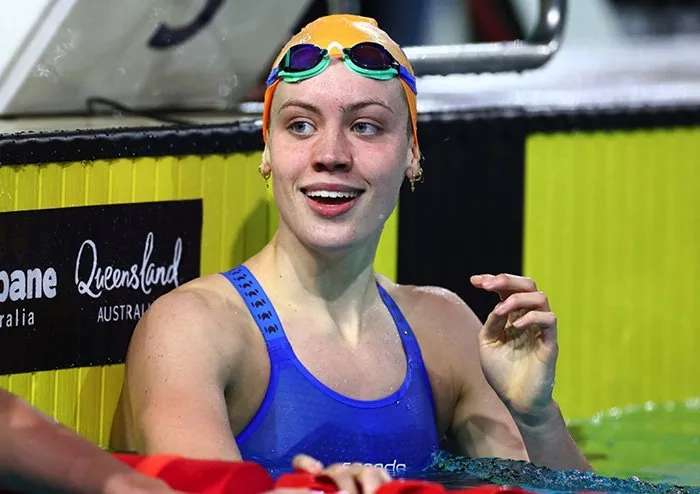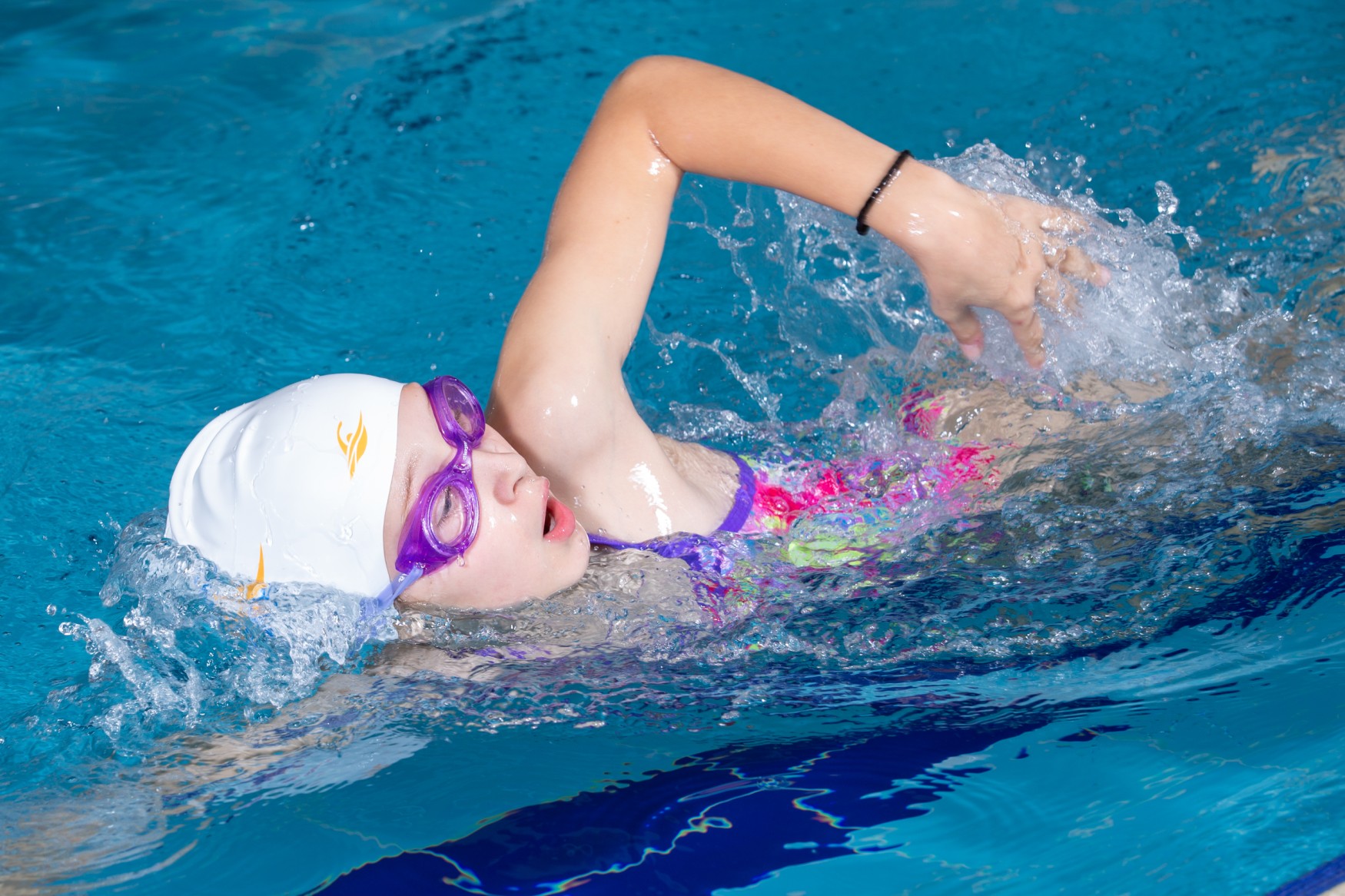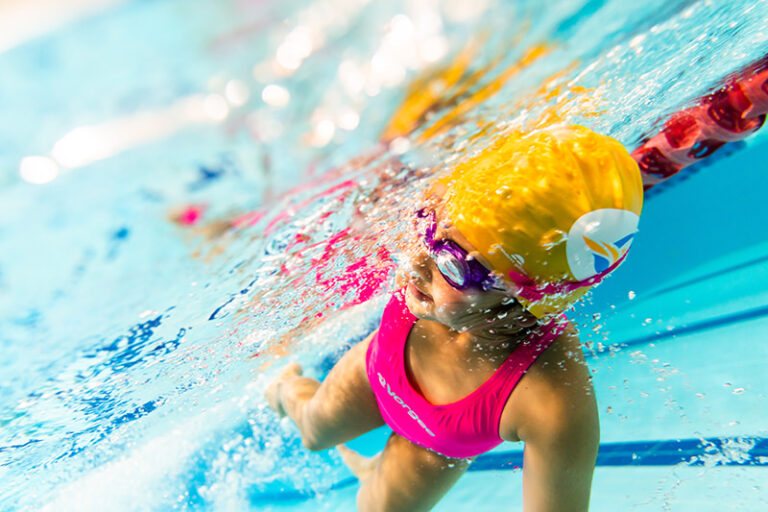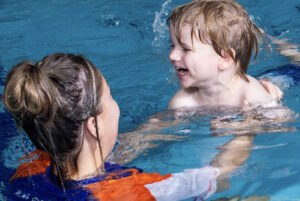
Swimming lessons save lives. Tragically 40 people, 6 more than the same period last year, have already lost their lives to drowning this summer.
“Every drowning is a tragedy and more times than not they are preventable,” says Carlile Swimming CEO Jon Harker.
“The very first step is being able to swim well. There is no doubt swimming lessons save lives.”
Forbes Carlile believed swimming well, meant being able to swim 400 metres with great technique. And he was right.
“Great technique can save a life, because you can swim so much longer without tiring. It’s just so important.”
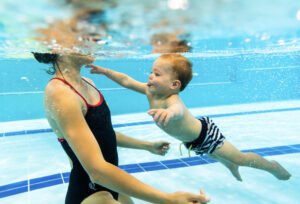
And it all starts with swimming lessons. From babies to toddlers swimming lessons can provide the vital skills that may save a life. Every time you watch your child at lessons, practicing back floats, or propelling themselves underwater to a parent, teacher or wall. These are all skills which could prevent a tragedy.
However, while swimming lessons save lives they not the only answer.
Every year children are lost through falling into water. So often it’s a silent killer.
Check the water first
69% of drowning deaths in children aged 0-4 last year were from falling into water, most in baths and pools.
If your child is missing, or unusually silent, check the water first. Every second counts. Learn CPR and make sure you have a chart at your home, if you have a pool it is illegal not to have one.
Is it time to fix the fence?
So often babies and toddlers go exploring and find they’re way into a pool when they should have had no chance to do so. Be it a fence in disrepair, a gate propped open, climbing on foliage, or using a chair. Things can happen so quickly with devastating results.
Make sure your pool fence is compliant and remove anything which could give a toddler the chance to climb into the pool.
Supervision
Yes, while a pool fence and signage are crucial steps in creating a safer pool environment at home, let’s not forget about the importance of adult supervision.
As “do the five, stay alive” campaigner Laurie Lawrence will tell you supervision is key. “:watch your mate and learn how to resuscitate.”
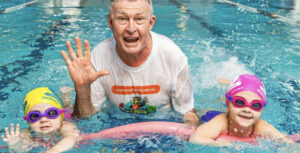
This is even more vital when the water fun involves children.
“If children are playing in and around the water then you need to be alert and watching at all times, especially avoiding “distractions like mobile phones” , says Justin Scarr, the CEO of Royal Lifesaving.
26% of drowning deaths last year occurred in the Summer months of December and January, and 43% of drownings in children aged 5-14 years occurred whilst swimming and playing recreationally in the water.
Please be careful
Please think twice around water this Summer. Just a quick bath, backyard swim or trip to the local beach could end in tragedy.
Swimming is a vital skill that could save your child’s life and it’s never too early or too late to start swimming lessons. Structured swimming lessons can help your child become familiar with, and confident in and around water. Setting the foundations for aquatic safety.
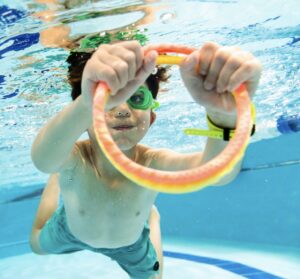
“More than 40 per cent of children leaving Primary school can’t swim 50 metres or stay afloat for two minutes. This in Australia, it’s terrible. A nation surrounded by water, where swimming is our most successful Olympic sport. It’s just not good enough,” Mr Harker said.
To surf, waterski, sail or essentially do any water based activity you need to be able to swim well. Being able to swim 50 metres in a controlled environment like an iolympic swimming pool is nowhere near good enough.
Swim between the flags
Harker, a former Australian Surf Lifesaving champion, laments the number of drownings at unpatrolled beaches.
“It’s just so so sad. Most people can’t spot a rip and have no idea what to do if they are caught in one. The very first step is to swim on a patrolled beach, between the flags. If you do need to help a loved one, make sure you take a floatation device to help you and them survive,” he said.
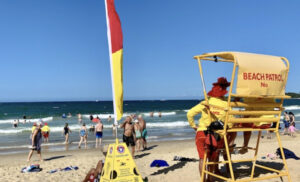
“If you are in a rip, never fight it. You don’t even need to swim. Float on your back and let it take you. Panic and trying to swim against a rip are killers.”
‘Try to signal by getting your arm in the air. Most rips will run out of steam at the back of the swell and from there you can make your way back in, or float and wait for help.”
Swimming and alcohol don’t mix
The other message is never swim in the ocean or rivers at night and never swim after using drugs or alcohol.
So as summer continues it’s important to educate our children on the safety precautions they need to take when swimming.
- Always make sure the body of water you are swimming in is supervised
- If stuck in a rip let the water take you out then swim on a diagonal back to shore (you don’t have to be Cate Campbell to get out of a rip you just have to be educated on the do’s and don’ts of getting out of a rip)
- Always know your environment, don’t jump into water if you don’t know how deep it is
- Always wear a life jacket when you are on any boat or watercraft (it’s not the newest fashion trend but it could keep you alive to see the next trend)
- Always swim between the flags!!
Swimming as much as it can become a hobby later in life is a necessary life skill and until your child can confidently swim 400m with good technique don’t let them give up lessons. It will allow them to confidently take part in so much Australia has to offer.
- Surfing
- water polo
- Sailing
- Nippers
- Diving
- Water skiing
- Rowing
Note:A child is never SAFE. Being able to swim well is the most important step but that alone can’t make a child completely Safe. We talk about being SAFER, to find out why click here.

